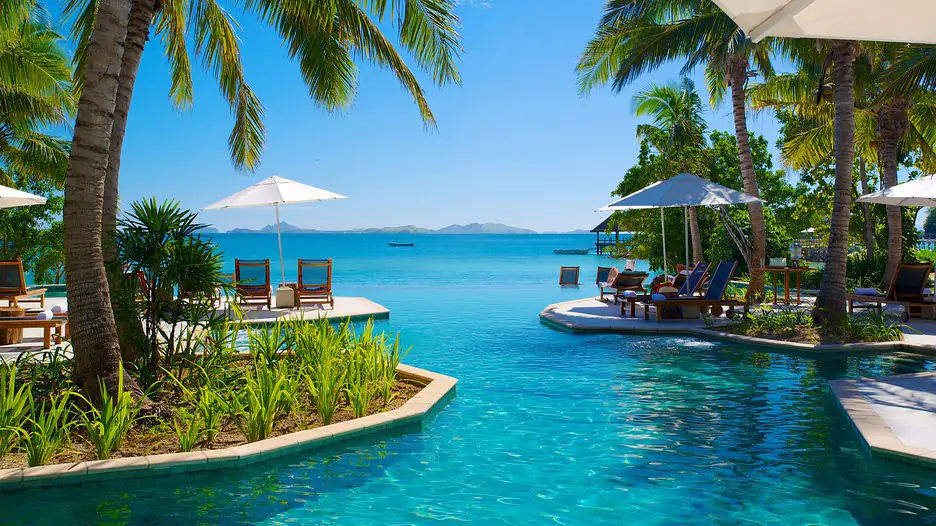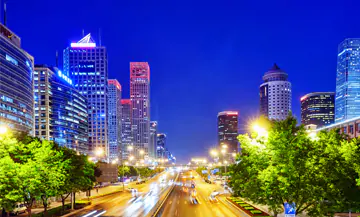Welcome To Fiji
Fiji Islands, a country in the South Pacific, is an archipelago of more than 300 islands. It’s praised the world over for its intense scene of blue lagoons and palm-lined shorelines, and eco-practices from mountain climbing and surfing to fragile coral hopping and zip-lining. Its huge islands, Viti Levu and Vanua Levu, contain the lion’s share of the masses, which implies an extraordinary part of the country is uncrowded.
History Of Fiji Islands
Melanesian and Polynesian Settlement
Austronesian peoples are believed to have settled in the Fijian islands some 3,500 years ago, with Melanesians following around a thousand years later. Most authorities agree that they originated in Southeast Asia and came via Indonesia. Archeological evidence shows signs of settlement on Moturiki Island from 600 BC and possibly as far back as 900 BC.
In the 10th century, the Tu’i Tonga Empire was established in Tonga, and Fiji came within its sphere of influence. The Tongan influence brought Polynesian customs and language into Fiji. The empire began to decline in the 13th century.
The Fiji Islands Times reported on 3 July 2005 that recent research by the Fiji Museum and the University of the South Pacific (USP) has found that skeletons excavated at Bourewa, near Natadola in Sigatoka, at least 3000 years old, belonged to the first settlers of Fiji, with their origins in South China or Taiwan.
The skeletons are to be sent to Japan for assembling and further research. Obsidian, a rare volcanic glass found only in Papua New Guinea had been discovered there, according to Dr Patrick D. Nunn, USP Professor of Ocean Science and Geography, who theorized that the people could originally have left southern China or Taiwan some 7000 years ago, settling in Papua New Guinea before drifting on to Fiji and other countries. Lapita pottery found on the surface of the graves was almost 2500 years old, he said.
Fiji Museum Archaeologist Sepeti Matararaba said that the area beside the sea must have been occupied, because a great deal of pottery, hunting tools, and ancient shell jewellery had been discovered. More than 20 pits had been dug following the discovery of Lapita in the area.
Culture Of Fiji
The culture of Fiji is a tapestry of indigenous Fijian, Indian, European, Chinese, and other nationalities. Culture polity, traditions, language, food, costume, belief system, architecture, arts, craft, music, dance, and sports which will be discussed in this article to give you an indication of Fiji’s indigenous community but also the various communities which make up Fiji as a modern culture and living. The indigenous culture is an active and living part of everyday life for the majority of the population.
However, it has evolved with the introduction of vibrant and old cultures including Indian, Chinese and European culture, and various cultures from the Pacific neighbours of Fiji; in particular the Tongan and Rotuman cultures. The culture of Fiji, including language, has created a unique communal and national identity.
Diving And Snorkelling In Fiji
Fiji is known for its beautiful palm-fringed islands, but some of its most spectacular scenery is found below the waves. Its warm, clear waters offer year-round diving and snorkelling in what’s often referred to as the soft-coral capital of the world. There are reefs with lush gardens of corals, deep canyons and walls, multihued fish and plenty of big swimmers like sharks, turtles and manta rays.
Popular Destinations At Fiji
1) Nadi
2) Suva
3) Taveuni
4) SavuSavu
5) Lautoka
6) Singatoka
7) Vanua Levu
8) Kadavu Island
9) Levuka
10) Labasa
Night Club At Fiji
1) Cloud 9 Fiji
2) Purple Haze NightClubs
3) Taps Bar
4) Down Underpub
5) Bamboo Backpackers













